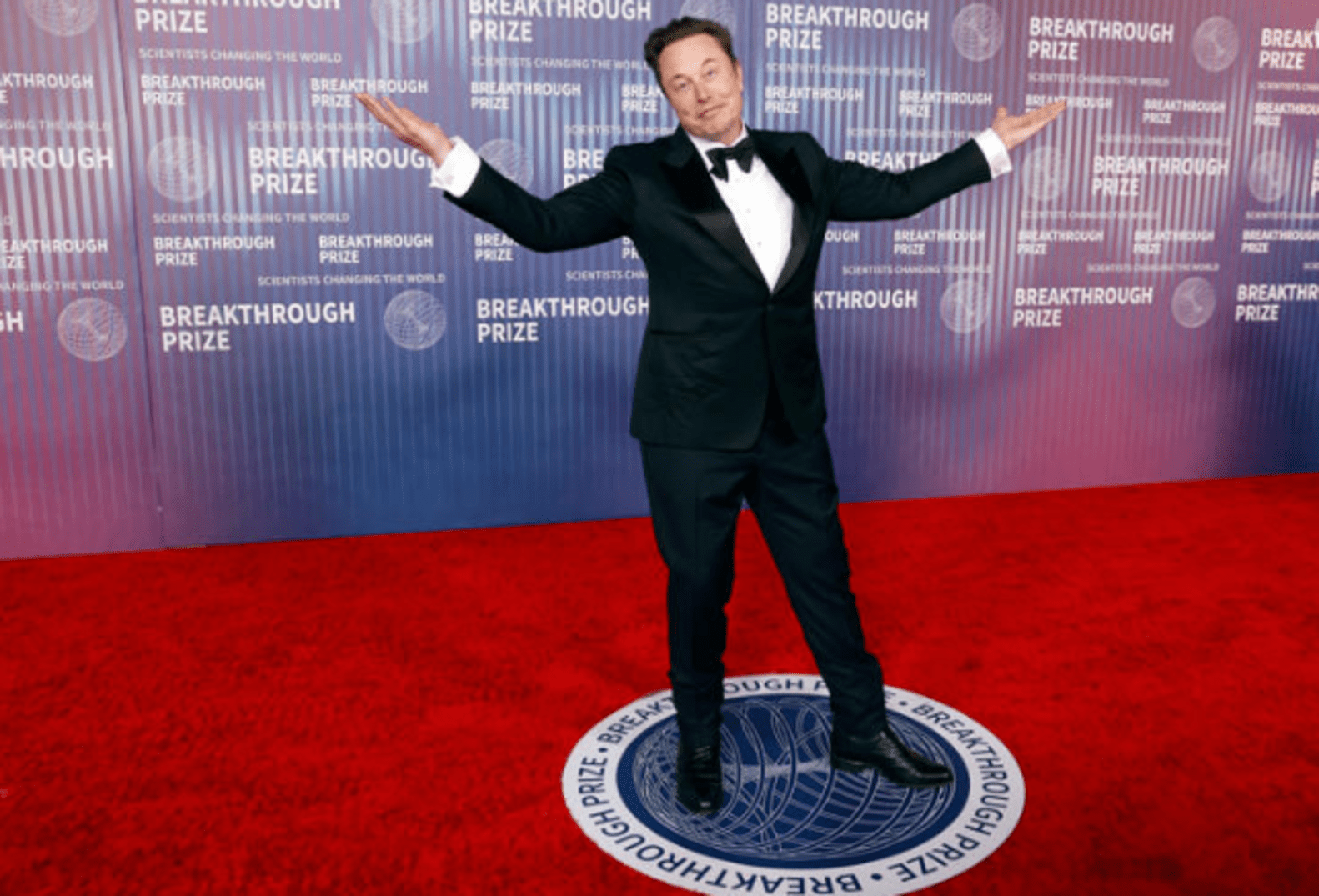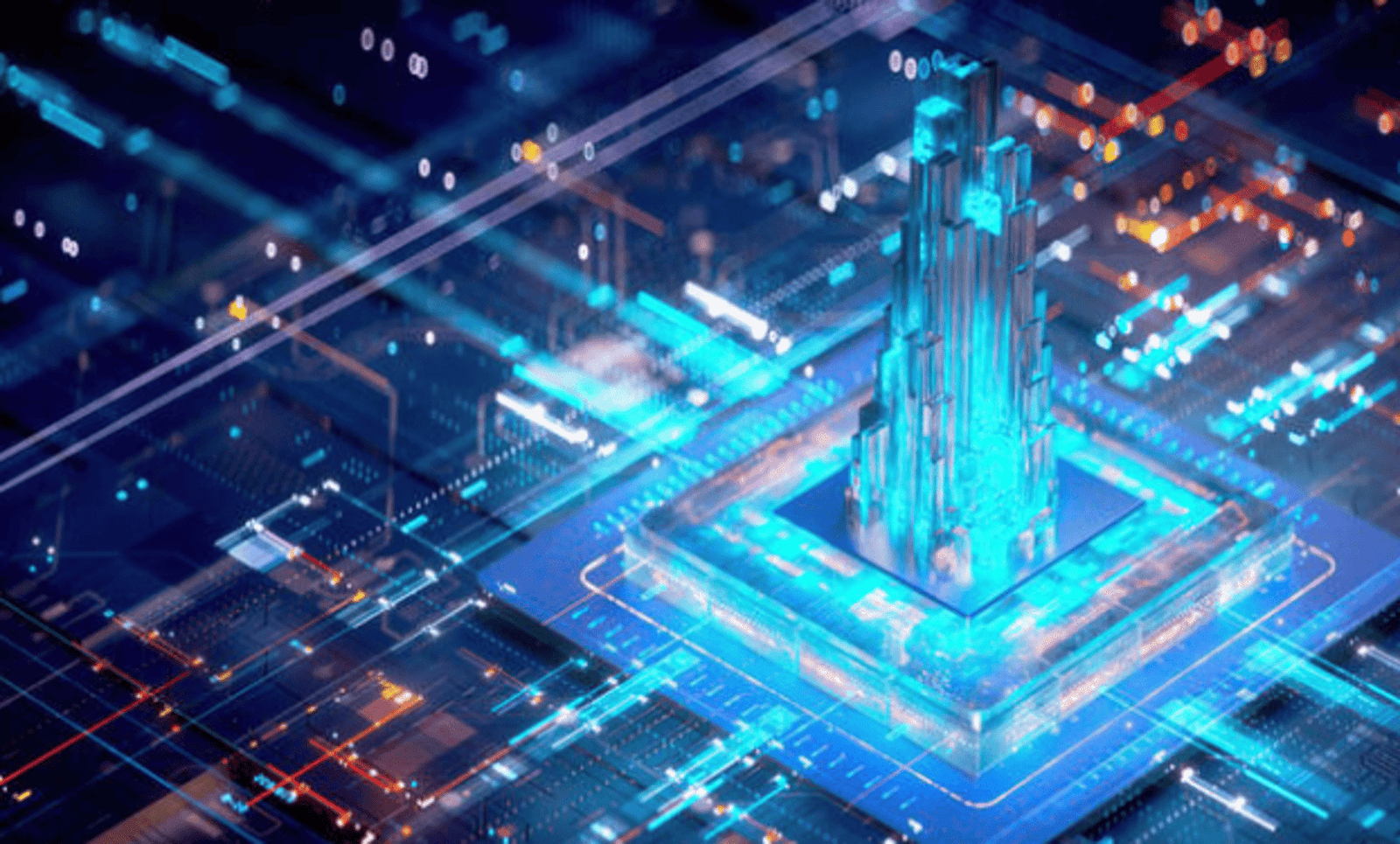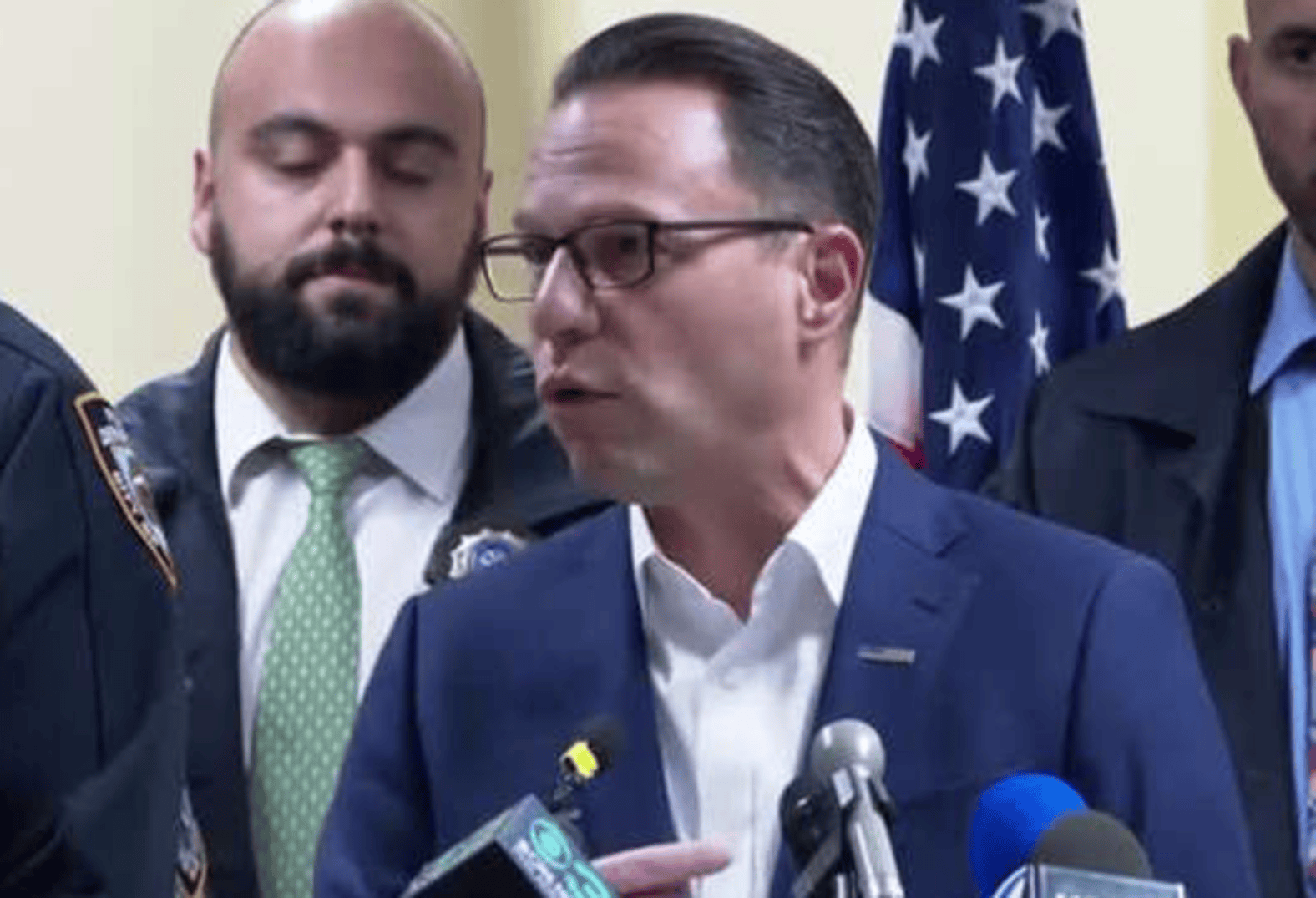
Elon Musk: The Curve of Innovation. Introduction: The Enigma of Elon Musk
Elon Musk is a figure who consistently captures headlines. Musk is often described as a visionary and a maverick. However, his achievements are frequently measured against an unconventional standard. The perception of his success is often skewed. This article explores why Musk remains a subject of debate and scrutiny. Elon Musk: The Curve of Innovation.
Early Ventures and Ambitious Goals
Zip2 and PayPal: The Early Years
Musk’s journey began with Zip2. This company was founded in 1995. It provided online city guides for newspapers. In 1999, Compaq acquired Zip2. Musk received a significant payout from this deal. He then co-founded X.com. This company evolved into PayPal. PayPal was sold to eBay in 2002. Musk’s early ventures laid the foundation for his later successes.

The Rise of SpaceX
In 2002, Musk founded SpaceX. The goal was to make space travel more affordable. SpaceX faced numerous challenges. Rockets exploded, and schedules slipped. Yet, perseverance was key. By 2008, SpaceX had its first successful launch. This milestone marked the beginning of a new era in space exploration.
Tesla: Revolutionizing the Auto Industry
Breaking New Ground
Musk joined Tesla in 2004. Tesla’s mission was to create electric cars that were desirable and accessible. This goal was met with skepticism. The automotive industry was not known for rapid change. Yet, Tesla proved the naysayers wrong.
Challenges and Triumphs
Tesla faced many obstacles. Production delays and financial struggles were common. The Model S was launched in 2012. It was a significant success and garnered widespread praise. The company has faced criticism over build quality and customer service.
SolarCity and Sustainable Energy
Expanding Horizons
In 2006, Musk co-founded SolarCity. This company aimed to promote solar energy. It offered solutions for residential and commercial solar installations. The goal was to make renewable energy more accessible. In 2016, Tesla acquired SolarCity. This move was intended to integrate energy generation and storage.
The Vision for a Sustainable Future
Musk’s vision extends beyond electric cars. He sees a future powered by sustainable energy. Tesla’s solar products and energy storage solutions reflect this vision. SolarCity’s integration into Tesla was a strategic move. It aimed to create a seamless ecosystem for renewable energy.
The Boring Company: Redefining Transportation
An Innovative Approach
The Boring Company was founded in 2016. Musk’s aim was to alleviate traffic congestion. The company focuses on tunnel construction. It proposes creating underground transportation systems. The first project was the Hawthorne test tunnel. It demonstrated the feasibility of Musk’s ideas. The goal is to revolutionize urban transit.
Challenges and Criticisms
The Boring Company has faced challenges. Projects have experienced delays and cost overruns. Critics question the practicality of the proposed systems. Despite this, the company continues to pursue its ambitious goals. The long-term impact of Musk’s vision remains to be seen.
Neuralink: The Frontier of Brain-Machine Interfaces
Bridging Minds and Machines
Neuralink was founded in 2016. The goal is to develop brain-machine interfaces. Musk envisions a future where technology integrates with the human brain. Neuralink aims to address neurological disorders. It also seeks to enhance human cognitive abilities. The technology is still in the experimental phase.
Ethical and Technical Challenges
Neuralink faces numerous hurdles. The ethical implications of brain-machine interfaces are significant. Despite these issues, Musk’s ambition remains high. The potential benefits of Neuralink could be transformative.
Twitter: A Controversial Acquisition
Entering the Social Media Sphere
In 2022, Musk acquired Twitter. The purchase was controversial and highly publicized. Musk’s vision for Twitter included content moderation changes. He also proposed new features and a subscription model. The acquisition has led to significant debate.
Impact and Reactions
The impact of Musk’s acquisition is still unfolding. Reactions have been mixed. Some support his plans for reform, while others are skeptical. The future of Twitter under Musk’s leadership remains uncertain. The effects of his changes will become clearer over time.
Public Perception and Criticisms
The Dual Nature of Success
Musk’s achievements are often viewed through a polarized lens. He is celebrated for his innovations and ambitious goals. However, criticisms also follow. The perception of Musk is influenced by both his successes and his controversies.
Media Influence
usk’s ventures receive extensive media attention. This coverage can amplify both positive and negative aspects of his work.
The Curve of Expectations
Exceptional Standards
Musk is often judged by exceptionally high standards. His successes are measured against ambitious goals. The curve of expectations can be steep. Innovations that might be praised in others are sometimes scrutinized when it comes to Musk. This dynamic creates a challenging environment for his ventures.
The Role of Resilience
Resilience is a key factor in Musk’s career. His ability to overcome obstacles is well-documented. Despite setbacks, he continues to push forward. This resilience is crucial in maintaining his position at the forefront of technology and innovation.
Future Prospects and Uncertain Paths
Continuing Ambitions
Musk’s future endeavors remain ambitious. Projects like SpaceX’s Mars mission and Neuralink’s brain interfaces are on the horizon. The outcomes of these ventures will shape Musk’s legacy. The challenges faced will test the feasibility of his grand visions.
Conclusion: The Ongoing Debate
Elon Musk remains a figure of intense debate. His achievements are remarkable, yet his methods and public persona often provoke discussion. The grading of Musk’s success is not straightforward. It is influenced by high expectations and varied perceptions. As Musk continues to push boundaries, the debate over his impact and legacy will likely persist.







